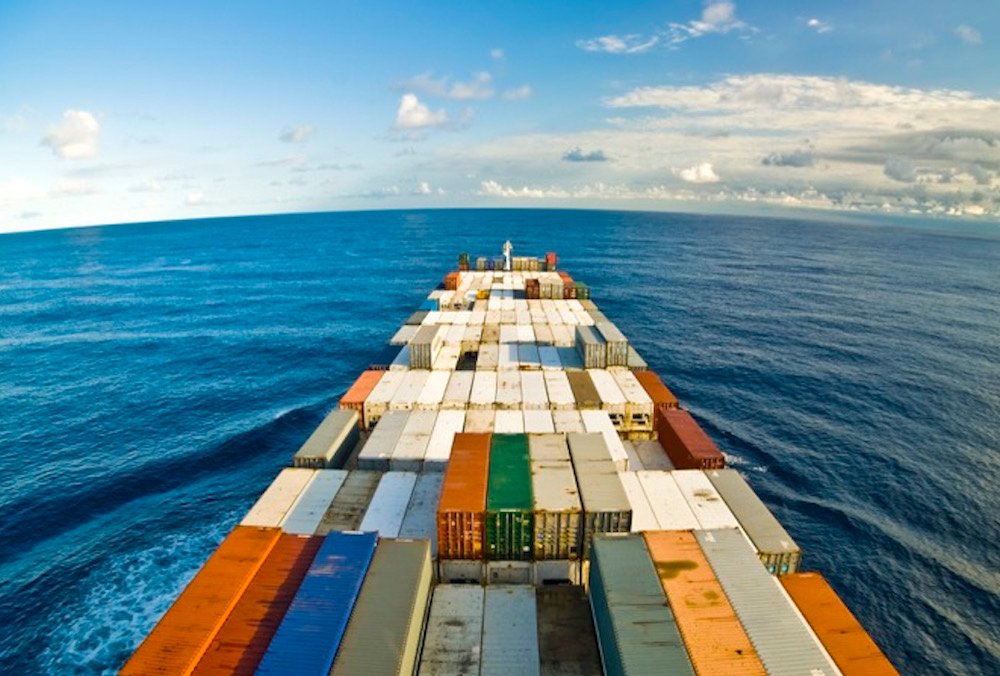Editorial: Shipping container conundrum | Farmtario

What would you do if someone told you the economic model of your business could be changed and you could earn $20,000 per unit instead of $2,000?
It would be a no brainer right?
What if it imperiled other businesses in other parts of the world and threatened food security? Still hard to turn down for most.
That’s the mess the world’s shipping container marketplace is in and we reported in our Sept. 6 issue of Farmtario about the effect that is having on valuable old crop soybeans, especially food-grade soybeans that are shipped by container to Asia. They’re stuck in Ontario elevators.
Here’s how it works.
There’s major demand for goods shipped from Asia to North America and Europe and many messed up supply chains, so buyers are willing to pay to get goods moving. So, a shipping company can charge $20,000 to get a container from Asia to North America but it can only get $2,000 to ship it the other way.
In the shipping world, the golden system is one in which there’s always a profitable backhaul. Say you are bringing a combine from Western Canada to Ontario. The trucker will be most happy and profitable if there’s something to truck back with them going home.
The same is true with shipping containers. It’s usually better with something going back to Asia from North America in those containers. Many times it’s food and in Ontario that’s exports of meat or identity-preserved soybeans that are our bread and butter food exports to Japan, China and other Asian countries.
When the companies find it more profitable to get the containers back to Asia empty, and as soon as possible without waiting for loading here, there’s a problem. It’s a marketing issue for some in Ontario, but it could also be a food security issue for some in Asia when the needed product isn’t moving to market.
This is classic market economics, but for some it’s making this a challenging year in a system that’s been well established and healthy for farmers in Ontario and consumers in Japan, especially, for more than 30 years.
A shipping container system breakdown after years of efficient operation is a good example of capitalist economic systems analysis by Roger Martin, a leading Canadian economist and former dean of the Rotman School of Management at the University of Toronto. He was also the keynote speaker at the Midwest Cover Crops Council meeting hosted this year by the University of Guelph.
Martin, a member of the founding family of Wallenstein Feed & Supply, makes the point that people will always find ways to game economic systems to their advantage, whether that means open markets or government programs.
In some ways, that’s Economics 101. People will use unfettered markets to their advantage. However, Martin makes the case that this concept also applies to almost any publicly accessible good and its folly to believe that government economic policy or other big levers can steer complex systems.
That doesn’t mean Martin believes governments don’t have a significant role in managing economies and the many quality of life factors in which public action is important — things like social programs, the environment and even the health of democracies.
Instead, he says we need to see government programs as constantly in need of change, monitoring and updating.
It’s only a matter of time until users optimize the way they use a program for their benefit. Tax credits on scientific research created by the federal government are an example. They ended up being traded among companies for their maximum benefit. Human ingenuity will win out.
We require government officials to have one perfect solution and apply it perfectly. Martin argues that’s not feasible because companies and individuals will adapt to the system in ways that might not meet policy goals. We should then encourage policy that is flexible and not judged in one moment in time.
What does this mean for agriculture? It means flexibility is needed to manage risk around systems that change – such as a shipping container system that has worked well for years and is suddenly upended by a global pandemic.
It also means there’s something right in the way that the Agricultural Policy Framework is updated and renewed every five years. That five-year horizon forces interested parties together, across levels of government and across the industry, to re-evaluate and assess needs. Martin says the Canadian penchant for regular review served our banking system well during the 2008 financial crisis, compared to the outdated regulations in the United States.
Source: Farmtario.com

